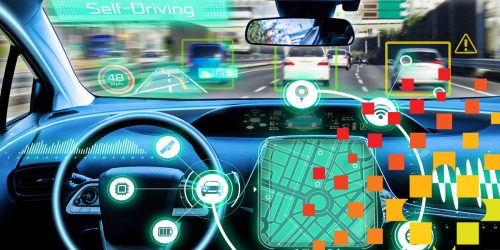“Shifts in the Automated Driving Industry,” a Presentation from AImotive
László Kishonti, CEO of AImotive, presents the "Shifts in the Automated Driving Industry" tutorial at the May 2019 Embedded Vision Summit. 2018 will have a lasting effect on the self-driving industry, as key stakeholders have turned from the unattainable goal of full autonomy by 2021 to more realistic development and productization roadmaps. This will in […]
“Shifts in the Automated Driving Industry,” a Presentation from AImotive Read More +


